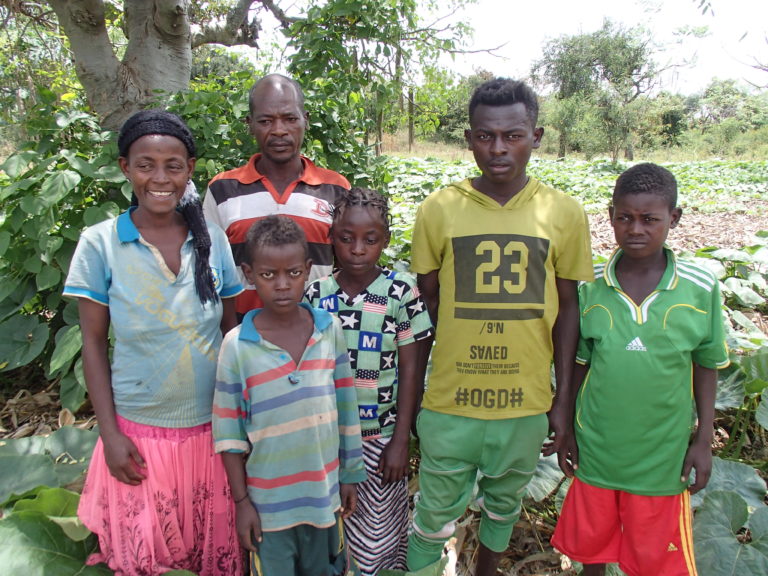Growing Her Future
Once living in extreme poverty, Asnakech now has high hopes for her family
Once living in extreme poverty, Asnakech now has high hopes for her family
They were learning from her, a woman, about how they too could dramatically increase their yield by implementing new farming practices.
Three years ago this scene would have never even crossed Asnakech’s mind. “I could only feed my family for three months from my farm. For the remaining nine months, I used to suffer,” she recalls.
Although the family had 1.5 hectares of land, the soil was unproductive.
Without food and money, Asnakech’s children eventually dropped out of school. In order to be able to eat, the family started to collect firewood to sell.
“This all worried me a lot,” Asnakech shares.
One day, she was invited to attend a farmer presentation featuring a woman named Felekech. Felekech’s crops were vigorous! She explained how something called conservation agriculture transformed her farm.
Asnakech was sold. Her husband, less so—he thought it useless to try another method. But with the help of her children, Asnakech went to work, implementing everything she learned.
Now it was time to wait.

The harvest was transformative. Asnakech and her family harvested ten times the amount of food.
“Imagine, I used to be able to feed my family with our crops for about three, maybe four, months. But thank God, I can now feed my family for at least ten.”
Her husband was impressed, and decided that from now on they would both be involved in future decision making.
“When I think about the change in my life: overcoming struggles, feeding my children, getting better clothes, resuming their schooling, watching them score good marks, and being promoted to the next grade—this makes me happy,” Asnakech says.
The solution to poverty is spiritual as much as it is physical. Instead of offering handouts, you will be partnering with local churches to permanently lift families out of poverty. Will you join us?
Tearfund Canada
340 Ferrier Street
Suite 202
Markham, ON
L3R 2Z5
t: 1-800-567-8190
e: connect@tearfund.ca
Charity Number: 108222191 RR 0001







Takes place on Zoom, on the third Thursday of each month at 8:00 pm (EST)